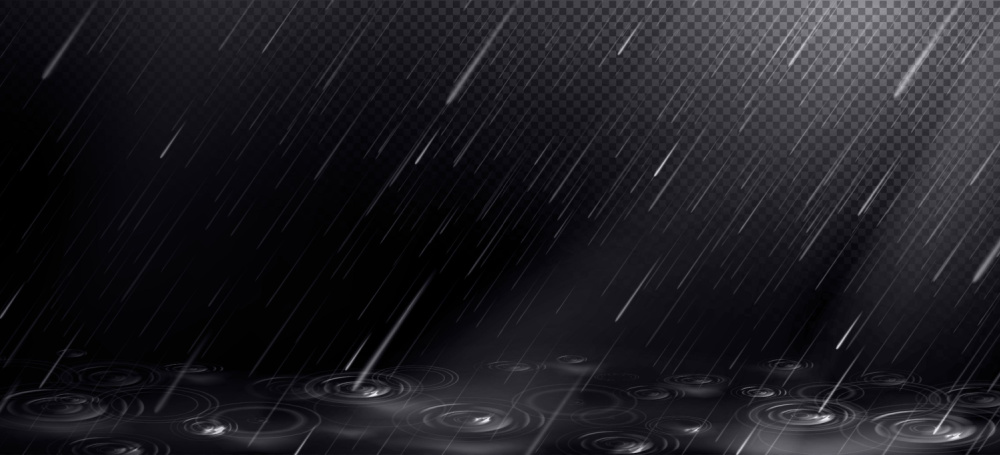The Dangers of Social Media in Accident Claims
You might be tempted to use social media after an accident to tell your story and ask for help from friends and family. The use of social media, however, can really hurt your accident claim, I want to warn you as a skilled accident attorney at Tucker Law. Social media posts concerning accidents effectively serve as a public record of the incident. This information can be used against you in court by defense lawyers and insurance companies who will distort your testimony to suggest that you weren't as hurt as you claimed to be or that the accident was your fault. Even a seemingly unimportant statement on Facebook about "feeling okay" following an accident can be used to support the claim that you weren't gravely hurt or reached maximum medical improvement. Furthermore, many social networking sites have tight rules regarding deleting posts, so even if you later realize that you made a mistake, it might be too late to retract your statement. It's critical to keep in mind that whatever you write or say online might be used against you in court. As an attorney at Tucker Law, I advise clients to completely avoid social media during the claims process because of this. If using social media is necessary, be careful about what you post and who can view it. The fact that anything you say, post, or upload online can be used against you in court is one of the most crucial things to keep in mind while filing an accident claim. This extends to comments you make on news stories, forums, and other online content in addition to posts you make on your personal social media accounts. Additionally, social media might be utilized [...]






